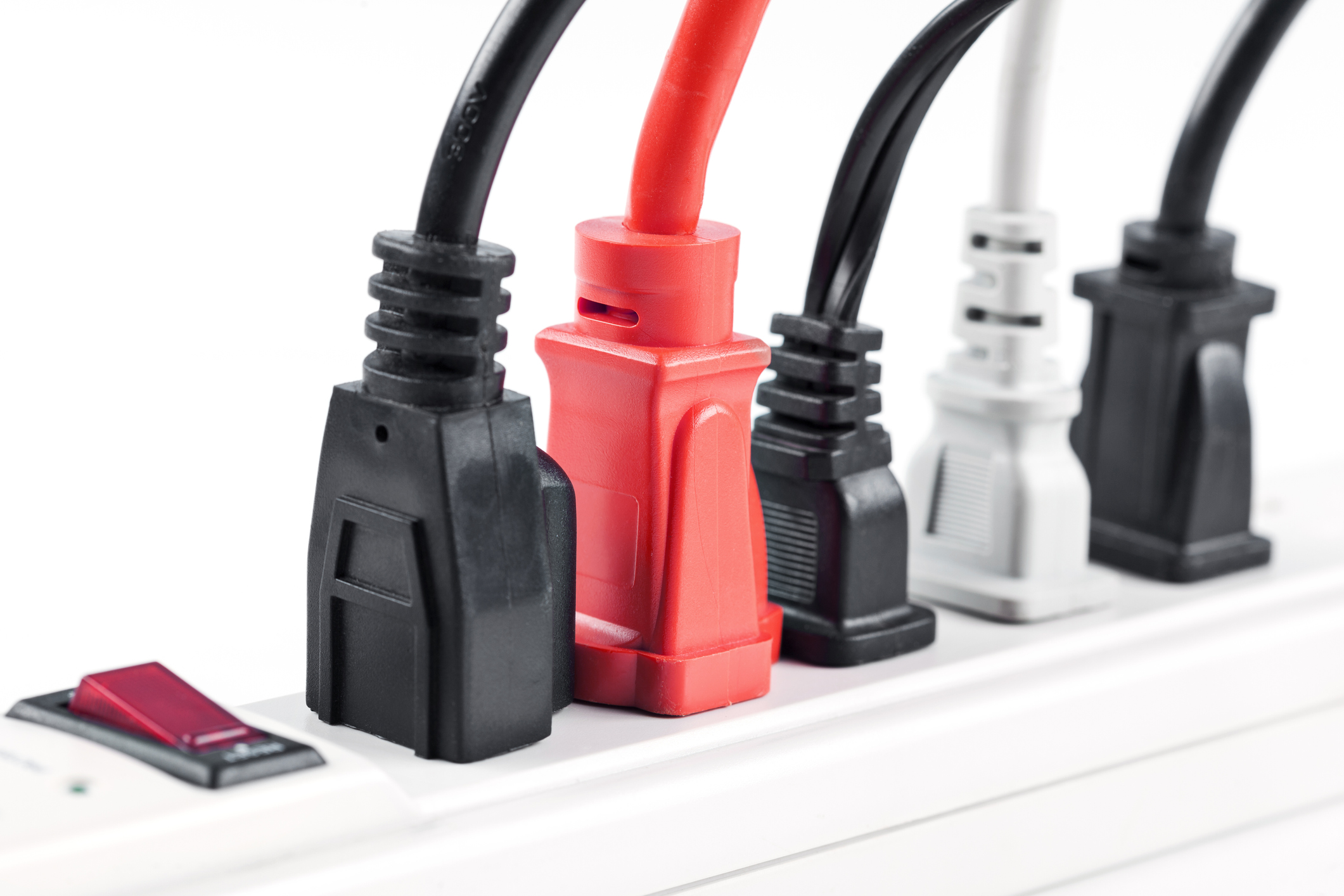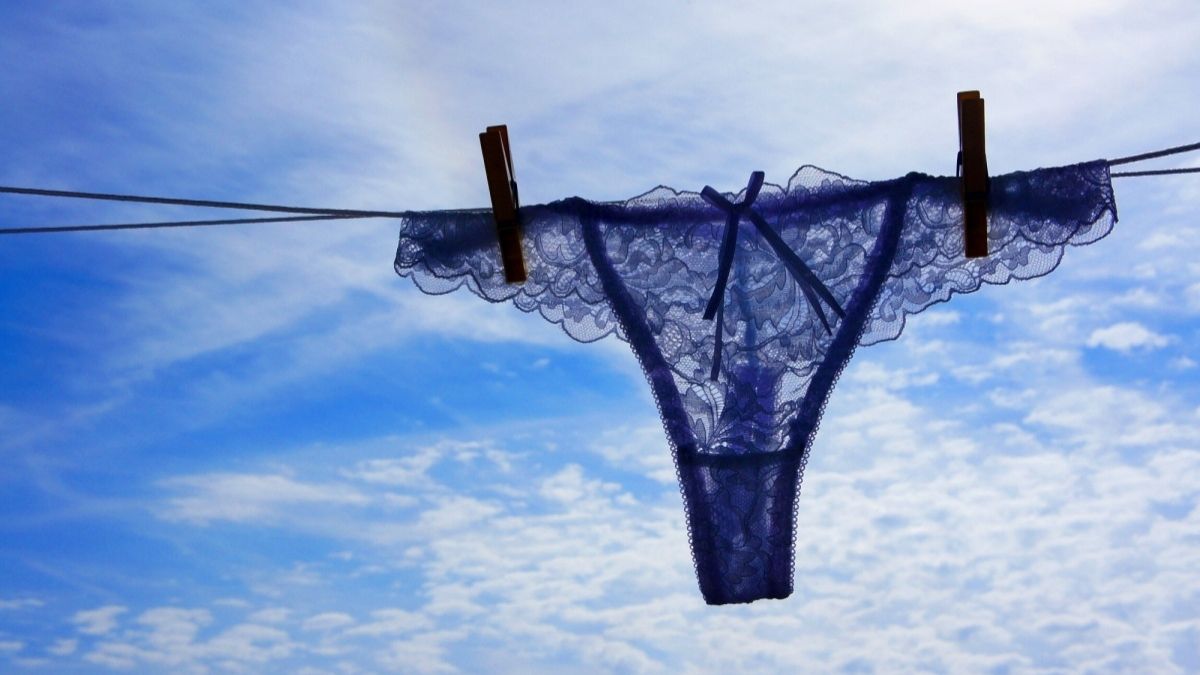
9 Devices You Should Never Plug Into a Power Strip
While power strips provide a convenient way to plug in multiple electrical devices, many people don’t realize the risks involved. Overloading a power strip or plugging in high-energy-consuming appliances can lead to serious hazards, including power failures, damage to electrical devices, and even fires.
How do I know this? Because it happened to me! Since that day, I’ve been extremely cautious about what I plug into a power strip. To help you stay safe, here’s a list of nine devices that should never be plugged into a power strip.
Check the Maximum Power Capacity First
Before diving into the list, it’s important to understand one thing: Every power strip has a maximum wattage capacity, which is usually indicated on its cable or packaging.
So, before plugging in any device, check this information and make sure the total wattage of all connected devices does not exceed the strip’s limit.
Wondering how to determine the wattage of a device? It’s simple—just look at the label on the appliance. For example, if your power strip supports a maximum of 3500W, and you plug in:
- An oven consuming 2500W
- A vacuum cleaner consuming 800W
- A kettle consuming 250W
You’d be exceeding the limit at 3550W—which is dangerous! The only solution? Unplug one of the devices to stay within the safe range. Now, let’s go over the devices that should never be plugged into a power strip.
1. The Oven
Ovens are among the most energy-intensive appliances in the household. Even if you only use it occasionally, never plug an oven into a power strip. Instead, plug it directly into a wall outlet to prevent overheating and electrical fires.
2. The Refrigerator & Freezer
Many people assume that refrigerators don’t consume much power, but they require a constant 24/7 power supply. Plugging them into a power strip can overload the strip, increasing the risk of electrical malfunctions and fires. Always connect your refrigerator and freezer directly to a dedicated wall outlet.
3. The Washing Machine & Dryer
A washing machine consumes an average of 1150 kWh per year, making it a high-energy appliance. Using a power strip for a washing machine or a tumble dryer can cause short circuits and overheating. These appliances should always be plugged into a dedicated outlet.
4. Space Heaters
Space heaters demand a lot of electricity and can quickly overload a power strip. If not properly connected, they can also become fire hazards. To be safe, always plug a space heater directly into a wall outlet.
5. The Microwave
Despite its small size, a microwave consumes an average of 70 kWh per year. Plugging it into a power strip can lead to overheating and potential damage to the strip and the appliance. For safety, always use a wall outlet.
6. The Coffee Maker
A coffee maker may seem like a small appliance, but it actually consumes around 165 kWh per year. To avoid any risks of overloading, always plug it into a wall outlet instead of a power strip.
7. The Toaster
Toasting bread daily? Your toaster likely consumes between 500W and 1000W per year. While this may not seem like much, the sudden spikes in power usage can overwhelm a power strip. Instead, plug it into a wall outlet.
8. Another Power Strip (Daisy-Chaining)
Connecting multiple power strips together—also known as daisy-chaining—is a very dangerous practice. It can easily exceed the safe power limit, leading to overheating, electrical failures, and even fires. If you need more outlets, consider using a power strip with a higher capacity or installing additional wall outlets.
9. The Internet Router, Computer, & TV
While these devices don’t consume a lot of power, they are particularly sensitive to power surges and fluctuations. Instead of plugging them into a regular power strip, use a surge protector to safeguard against voltage spikes.
Final Thoughts
Now that you know which electrical devices should never be plugged into a power strip, you can take precautions to prevent hazards like electrical fires and power failures.
While the risk of fire is relatively low, it’s always better to be safe than sorry! By using your power strips correctly and plugging high-energy appliances directly into wall outlets, you can protect both your home and your electronics.
Stay safe and share this information with family and friends!


